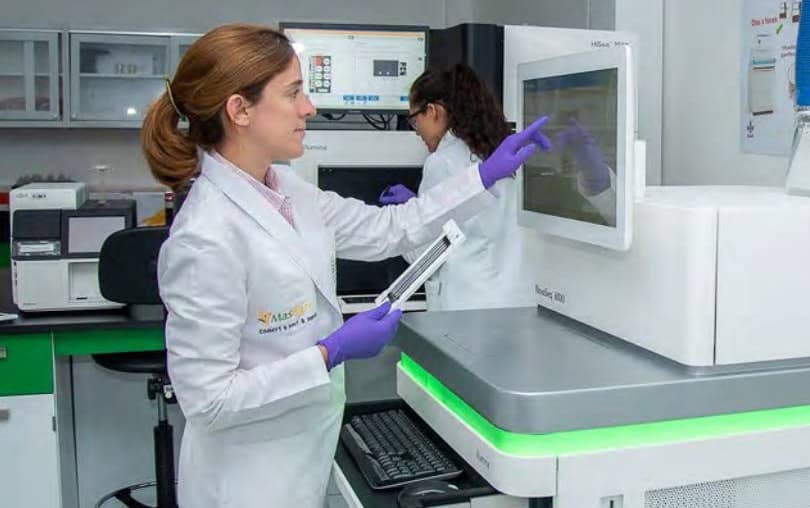
Genetic engineering (GE)—the introduction or change of DNA, RNA or proteins by human manipulation to effect a change in an organism’s genome—has thus far delivered a very limited range of products to agriculture—principally pest- and disease-resistant crop varieties. But this is about to change. A much broader range of applications is becoming available, including new options to enhance disease and pest resistance, nutritional quality, and the ecological sustainability of cropping systems.
The technologies include gene editing (site-specific changes to DNA in a genome), gene drives (greatly enhancing or reducing the frequency of genes that affect insect or pathogen reproduction) and synthetic biology (re-designing or constructing biological devices, e.g. chromosomes or organelles).
In a new review paper in the Annual Review of Phytopathology, we describe these emerging GE technologies to control plant pests and diseases, and focus on their applications for problems of importance to resource-poor farmers such as viruses of cassava, Striga parasitism of maize, and aflatoxin contamination of groundnut.
Photo credit: Alfonso Cortés/CIMMYT



